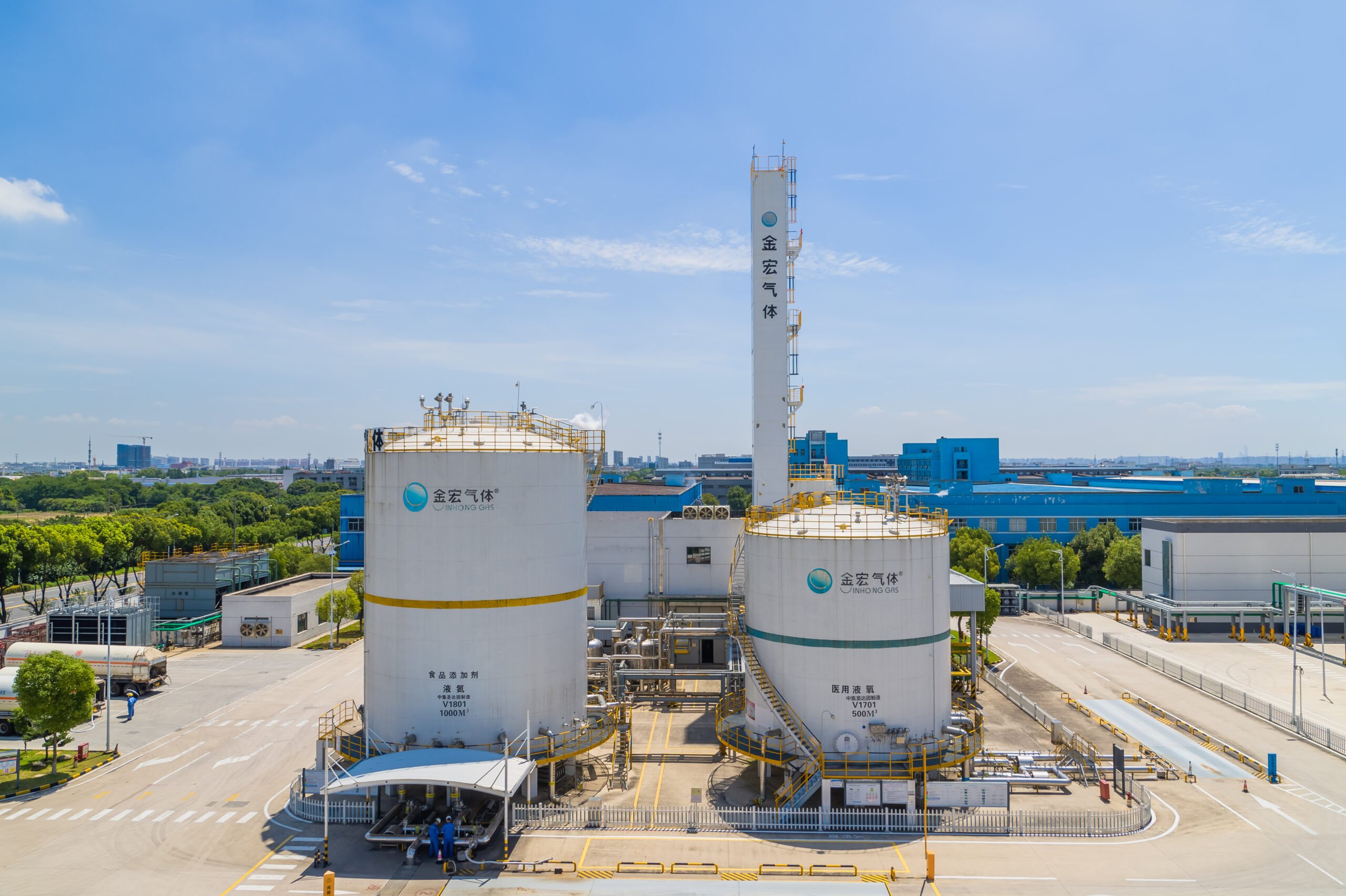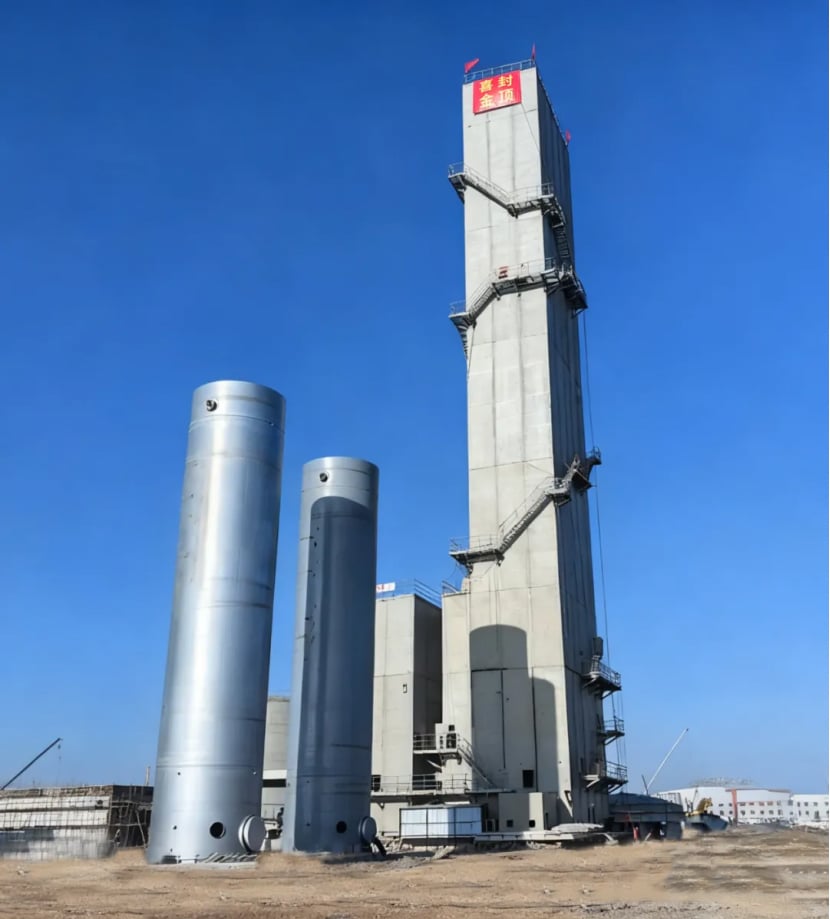Industrial oxygen is a critical gas for numerous applications, from metal fabrication to chemical synthesis. Ordering the right type from a reliable supplier is crucial for safety, efficiency, and cost-effectiveness. This guide will walk you through everything you need to know to make an informed purchasing decision.
Understanding Industrial Oxygen
Unlike medical oxygen, which is focused on life support, industrial oxygen is valued for its role in oxidation, combustion, and chemical processes. It is typically supplied with high purity but is not produced or handled with the same pharmaceutical-grade protocols as its medical counterpart.
1. Before You Buy: Understand What Users Really Care About
Before searching for “where to buy,” savvy buyers focus on several key factors that directly impact their operations:
- Purity & Consistency: Is the oxygen purity (e.g., 99.5% vs. 99.9%) stable and certified? Inconsistency can ruin product quality.
- Supply Reliability: Can the supplier deliver on time, every time? A production line stoppage due to gas shortage is catastrophic.
- Total Cost of Ownership: The price per cylinder or tank is just one part. Consider delivery fees, rental costs, and the operational efficiency gains from using a higher-quality gas.
- Safety & Compliance: Does the supplier provide proper Safety Data Sheets (SDS) and ensure safe handling procedures?
- Technical Support: Can the supplier help you troubleshoot application issues or optimize your gas usage?
2. Where to Buy Industrial Oxygen: Overview of Main Procurement Channels
- Large Gas Companies (e.g., JinHong Gas): Offer a full portfolio of gases, supply modes, and nationwide support. Best for those needing a one-stop-shop with robust technical backing.
- Regional or Local Suppliers: Can provide more personalized service and potentially faster local delivery. Ideal for businesses with a concentrated operational area.
- Online Industrial Gas Marketplaces: Emerging platforms that allow you to compare quotes from multiple vendors. Useful for initial research but may lack application-specific guidance.
3. Key Steps and Common Pitfalls in Industrial Oxygen Procurement
Step 1: Define Your Application and Required Purity
Your use case dictates the necessary purity and supply mode.
- Oxy-fuel Welding & Cutting: Requires standard industrial grade (e.g., 99.5%). Often uses high-pressure cylinders or liquid oxygen for large operations.
- Glass Manufacturing: Needs high purity to prevent defects in the glass. Typically uses liquid oxygen (LOX) in bulk tanks.
- Chemical Oxidation Processes: Purity requirements vary by process but are often high. Bulk liquid supply or on-site generation (PSA/VPSA) may be most economical.
- Pitfall to Avoid: Ordering a lower purity than required can lead to poor results. Ordering a higher purity than needed increases costs unnecessarily.
Step 2: Choose a Reliable Supplier (Crucial!)
This is the most critical step. A good supplier is a partner. Evaluate them based on:
- Quality Certifications: Do they have ISO 9001 etc.?
- Supply Capabilities: Can they support your required volume (cylinders, liquid dewars, bulk tanks)?
- Technical Expertise: Do they have application engineers who understand your industry?
- Safety Record: Do they have a strong reputation for safe handling and transportation?
Step 3: Handle Shipping and Storage Properly
Oxygen is a strong oxidizer. Its storage and handling are regulated for safety.
- Storage: Cylinders and tanks must be stored in a well-ventilated, clean area away from flammable materials. “Oxygen Use Only” must be strictly observed.
- Handling: Use clean, dedicated regulators and fittings. Never use equipment that has been in contact with oil or grease.
- Pitfall to Avoid: Contamination is a major fire and explosion hazard. Always follow supplier safety guidelines.
4. Price References and Procurement Strategy
- Pricing Factors: Purity, volume, supply mode (cylinders are more expensive per unit than liquid), delivery frequency, and geographic location.
- Sample Rates (for reference only):
- Single Cylinder (50L): $$$XX – $$$XXX
- Liquid Oxygen Dewar (175L): $$$XXX – $$$XXXX
- Bulk Liquid Tank: Custom quoted, typically a monthly rental fee + cost per volume.
- Procurement Strategy:
- Low/Intermittent Use: Stick with cylinders.
- High/Continuous Use: Switch to liquid oxygen or consider an On-Site Generation Plant for long-term, fixed-cost supply.
5. Frequently Asked Questions (Quick Answers)
Q: What is the difference between industrial oxygen and medical oxygen?
A: The primary difference is the certification and handling standards. Medical oxygen is produced and tested as a pharmaceutical product. Using industrial oxygen for medical purposes is extremely dangerous and illegal.
Q: Can I transport industrial oxygen cylinders in my personal vehicle?
A: No. The transportation of compressed gas cylinders is regulated and typically requires a specialized vehicle and proper hazardous materials training.
Q: How do I know if I should switch from cylinders to liquid oxygen?
A: A simple rule of thumb: if you are using more than 8-10 large cylinders per week, it is almost certainly more economical to switch to liquid oxygen. Your supplier can perform a cost analysis.
Q: Is on-site oxygen generation a good option?
A: For very large, continuous consumers, on-site generation (like Pressure Swing Adsorption systems) can significantly reduce long-term costs and eliminate delivery dependencies. It requires a capital investment but offers operational independence.



